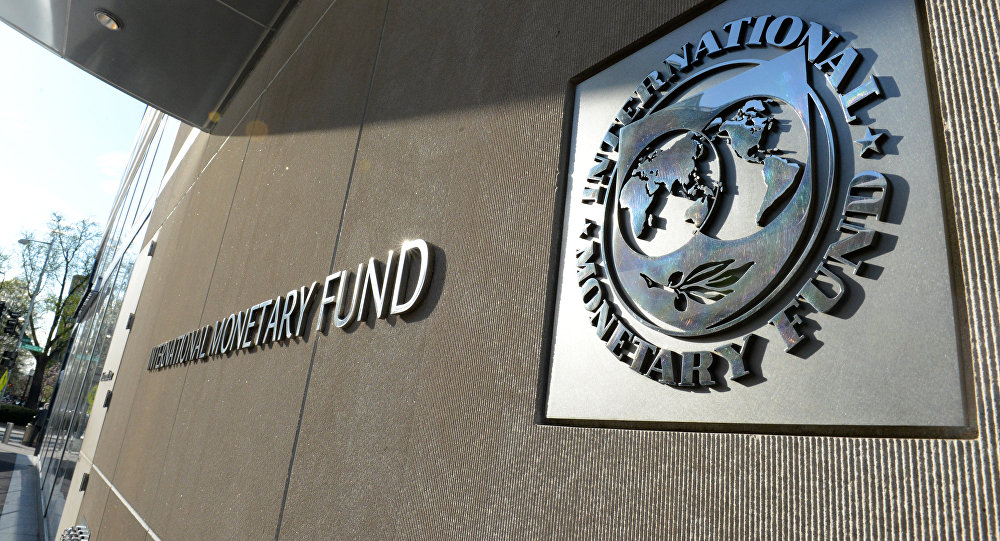
Several African countries have become very conversant with the International Monetary Fund (IMF), as they look to plug the holes in their economies.
The International Monetary Fund’s (IMF) involvement in Africa has long been an object of controversy.
The substantial debts that many African countries owe the IMF have grown to be a cause for concern, even as the organization offers financial support to states experiencing economic upheaval.
Even though these loans are meant to stabilize economies, they frequently cause a series of problems that can impede progress and make the economy more fragile.
One of the most immediate consequences of high IMF debts is a sizable chunk of national budgets allocated to debt service.
Countries must set aside cash to repay interest and principal, leaving little opportunity for important expenditures in healthcare, education, and infrastructure.
Additionally, IMF loans frequently come with complicated requirements, sometimes known as structural adjustment plans (SAPs).
These proposals often advocate for austerity measures such as reduced public expenditure, the elimination of subsidies, and tax hikes.
While these policies are intended to provide macroeconomic stability, they frequently result in rising poverty levels and reduced public services.
With that said, here are the 10 African countries with the highest total IMF credit outstanding in Q4 of 2024.
Top 10 African countries with the highest debt to the IMF in Q4 of 2024
| Rank | Country | Total IMF Credit Outstanding as of 09/27/2024 |
|---|---|---|
|
1. |
Egypt |
9,450,430,014 |
|
2. |
Kenya |
3,022,009,900 |
|
3. |
Angola |
2,989,900,003 |
|
4. |
Ghana |
2,245,321,000 |
|
5. |
Cote d’Ivoire |
2,192,118,672 |
|
6. |
Democratic Republic of Congo |
1,599,000,000 |
|
7. |
Ethiopia |
1,313,857,500 |
|
8. |
South Africa |
1,144,200,000 |
|
9. |
Cameroon |
1,130,220,000 |
|
10. |
Senegal |
1,105,595,000 |










